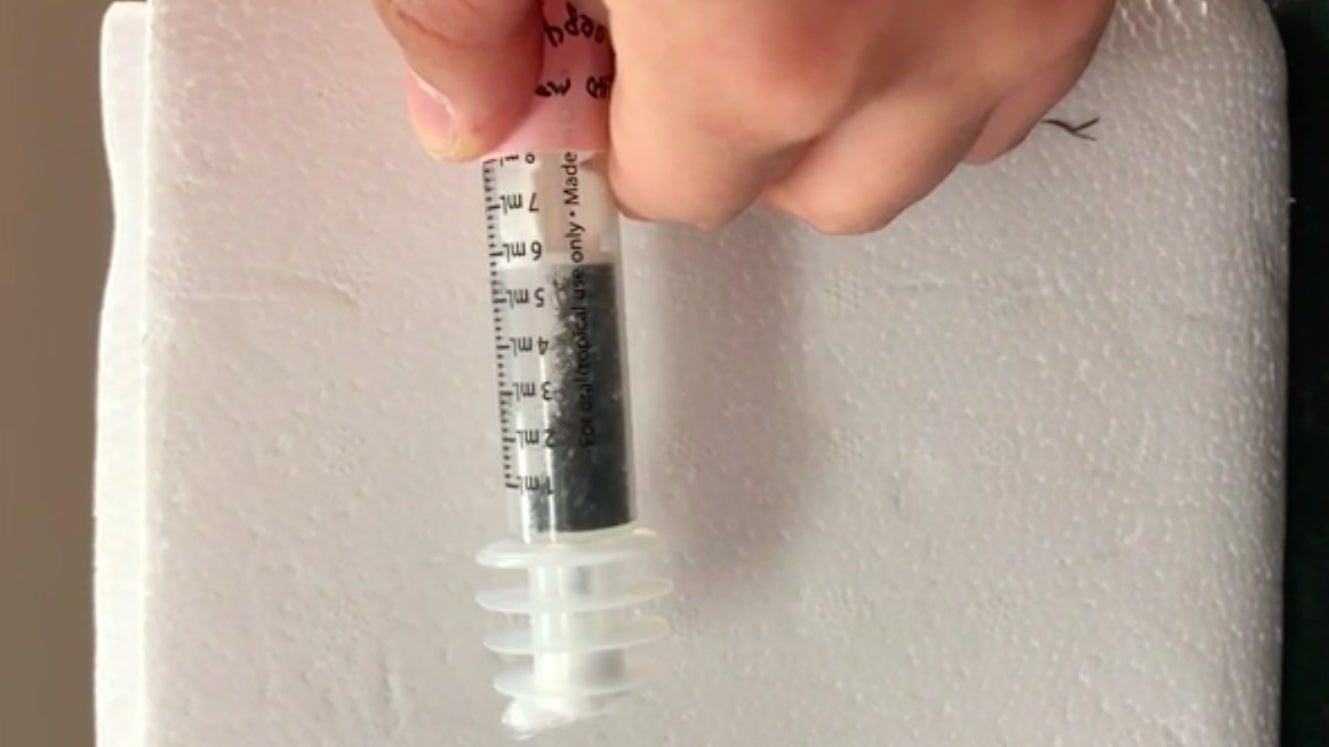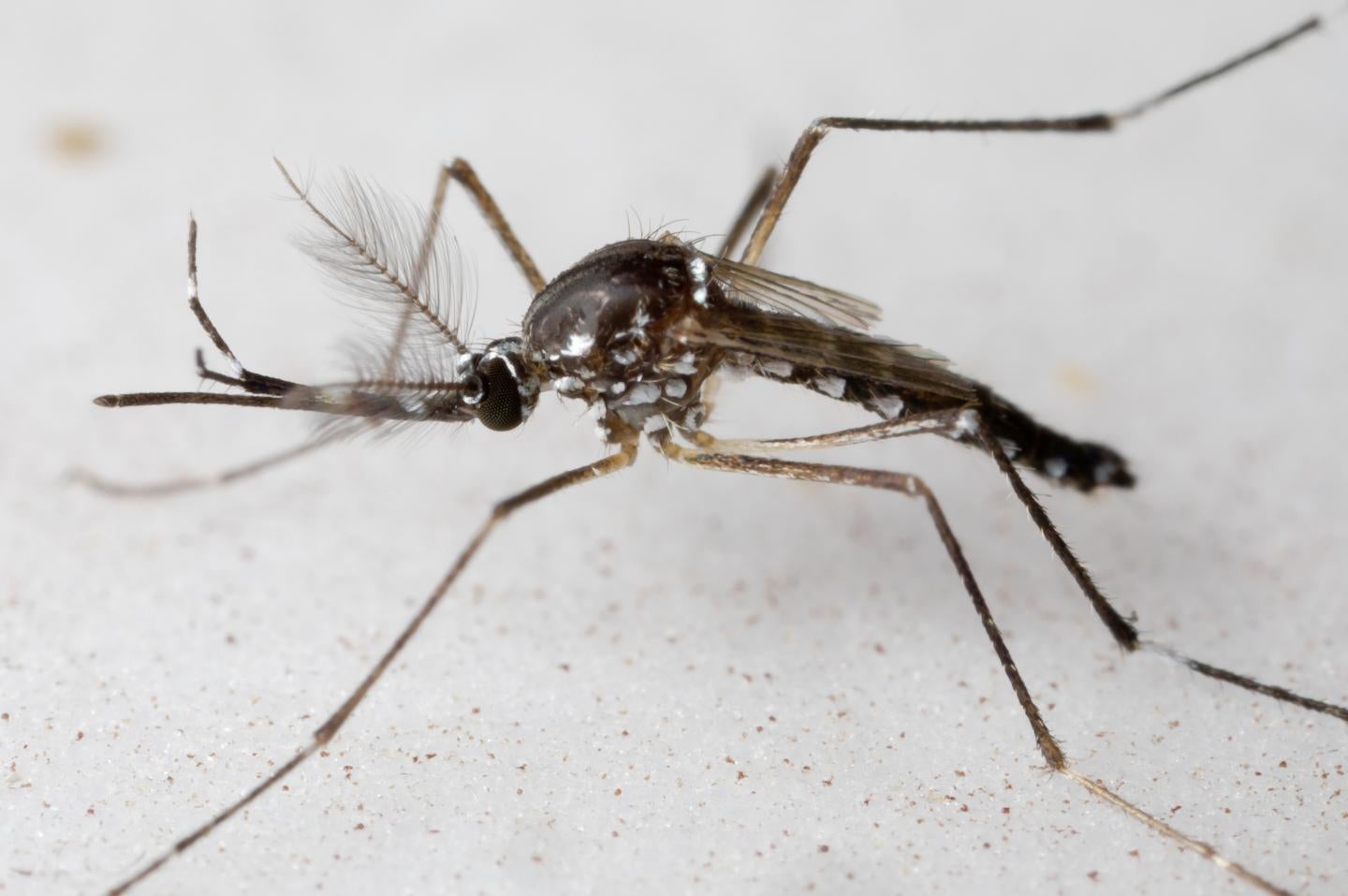This is how scientists mail live mosquitoes to their friends
In the near future, it’s likely that mosquito-borne diseases like Zika, dengue and yellow fever will be fought using mosquitoes themselves. Scientists have already piloted a method of releasing sterilized male mosquitoes, which don’t bite, into the population. The sterile mosquitoes “mate” with females, who then bear no offspring and die, causing mosquito populations to quickly decline.


In the near future, it’s likely that mosquito-borne diseases like Zika, dengue and yellow fever will be fought using mosquitoes themselves. Scientists have already piloted a method of releasing sterilized male mosquitoes, which don’t bite, into the population. The sterile mosquitoes “mate” with females, who then bear no offspring and die, causing mosquito populations to quickly decline.

But a mosquito like Aedes aegypti mosquitoes—the species that most commonly carries diseases like Zika—often flies no more than a tenth of a mile (200 meters) in its lifetime. That means to use this technique, scientists have to perfect the art of gingerly shipping many thousands of live mosquitoes to precise locations for release.
And one team of researchers just figured out the ideal shipping configuration: Basically, you have to pack them really, really tight. We’re talking almost 1,200 mosquitoes in the space of a teaspoon, or 240 mosquitoes per cubic centimeter, according to the paper published in the Journal of Insect Science this week. Look how squished they are! Yes, they’re still alive:

The team at New Mexico State University figured out that the best way to get the most mosquitoes to survive a 24-hour shipping journey was to pack them in syringes and compress them together. They tried packing Aedes aegypti to different densities, and found the highest they tried—240 per centimeter—resulted in the least damage to the animals after they were sent in an overnight package from New Mexico State University to their co-authors at the University of California, Davis.
The mosquitoes’ slender exoskeletons fold up quite nicely, it turns out, and the close quarters insulate the mosquitoes from damage that would otherwise be caused by vibrations during shipping.

Researchers at Michigan State University and drone firm M3 Consulting Group were also co-authors in the study. (In the future, sterilized male mosquitoes could be released from drones flown to precise locations, but to do that, one has to find out how to keep them alive during flight—thus, this study.)
So there you have it. When packing mosquitoes, it’s best to squish them between other mosquitoes—and don’t forget to give the person you’re shipping insects to a heads-up.